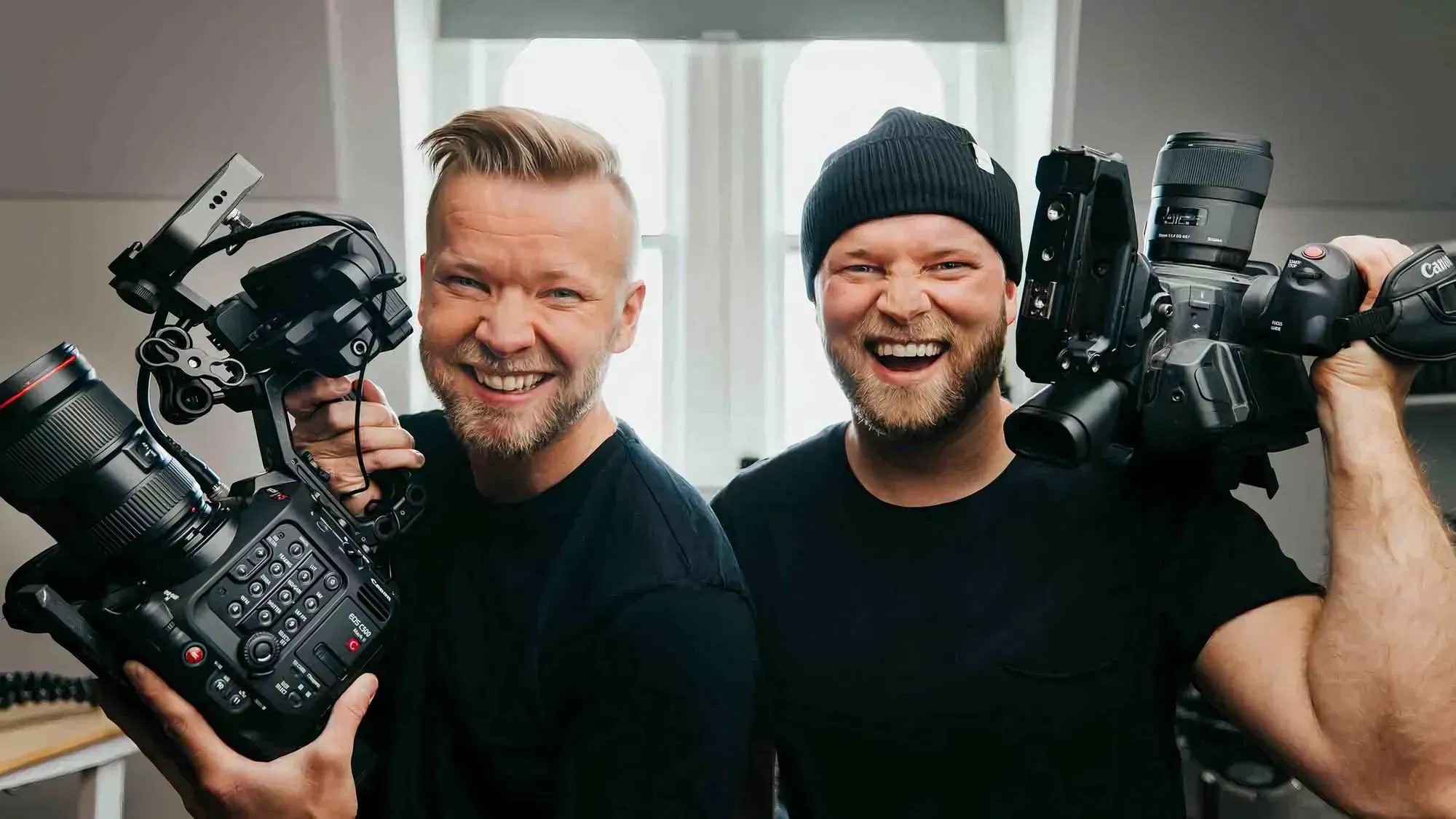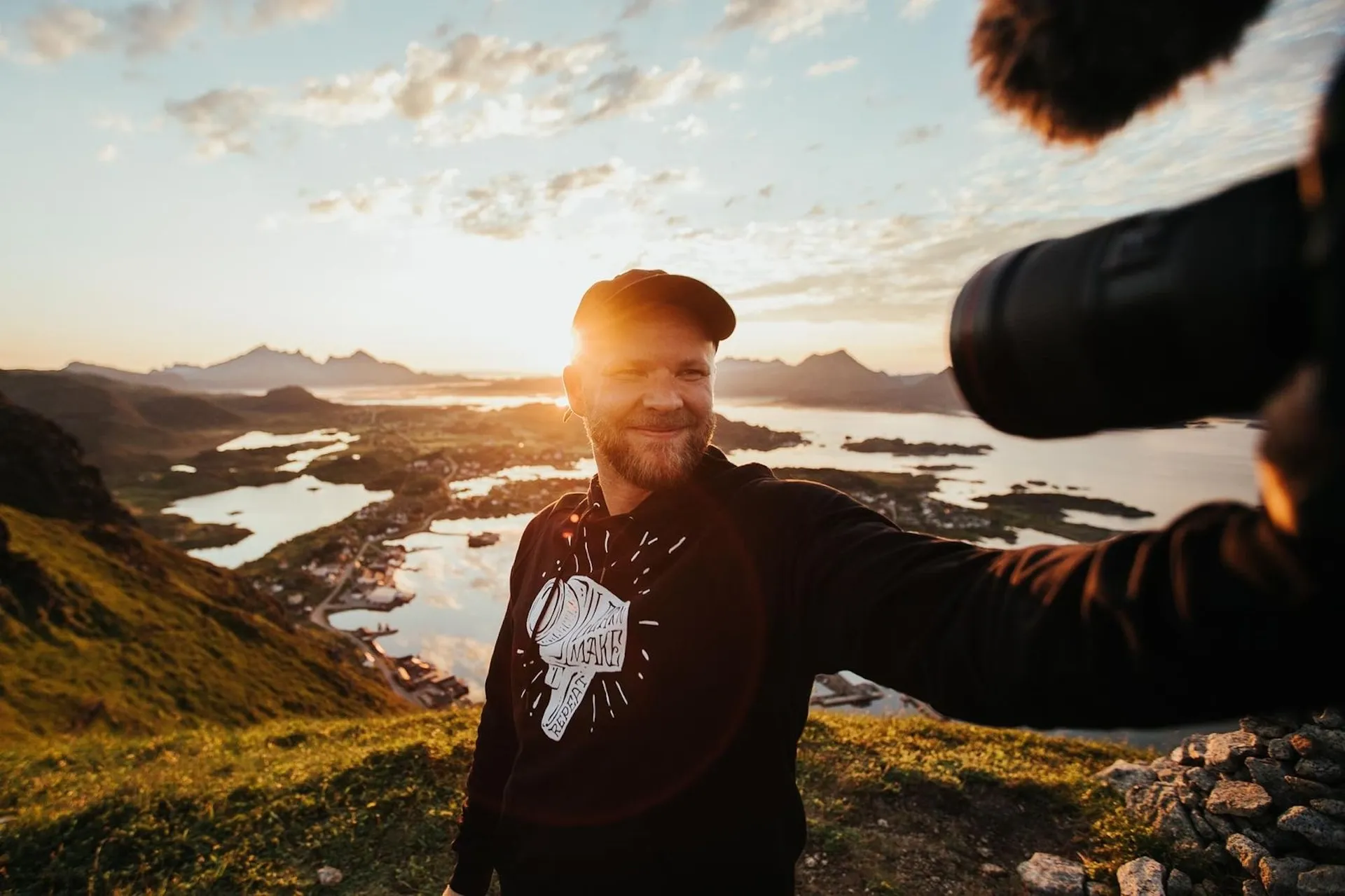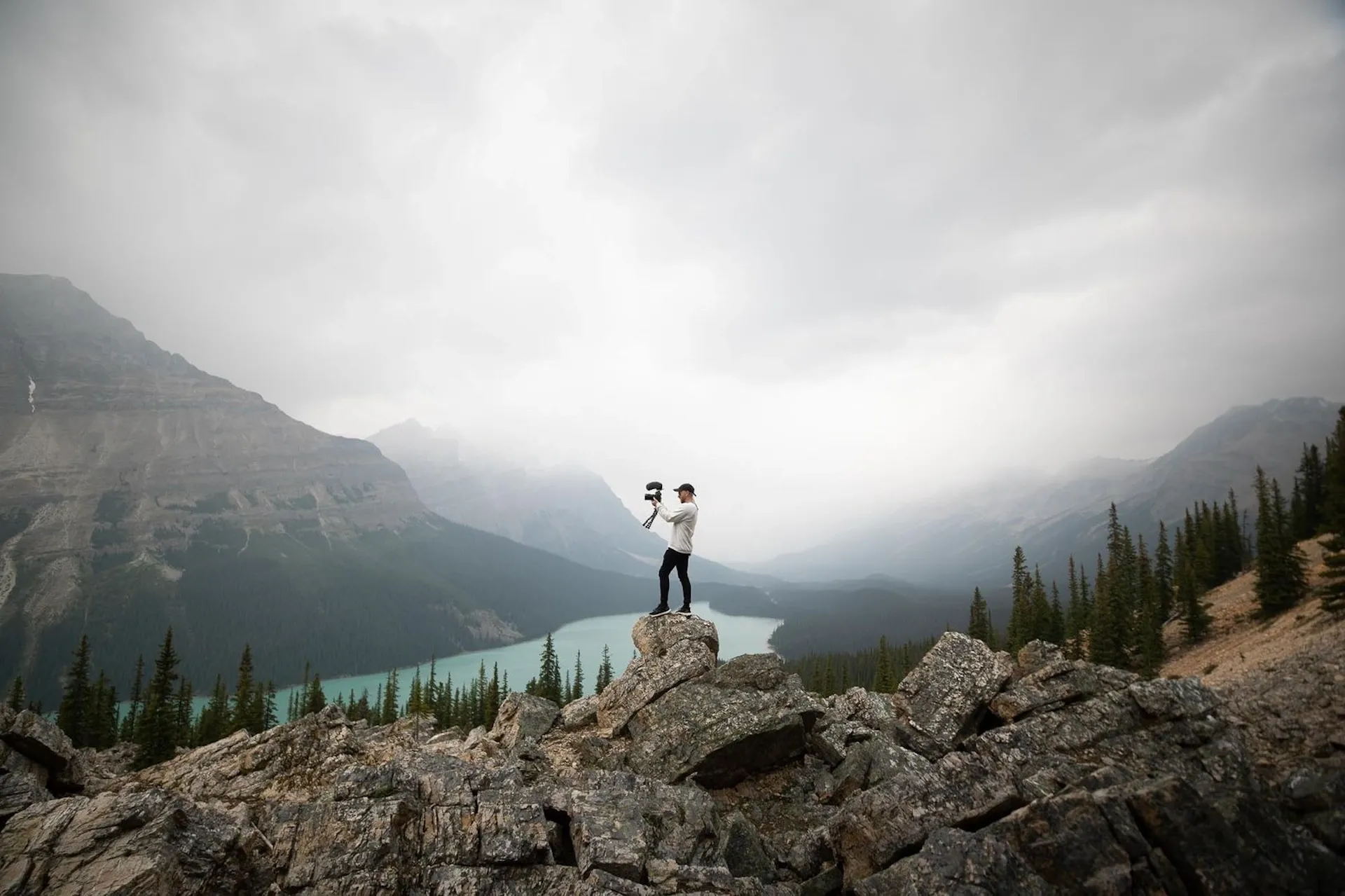How we built a six-figure freelance filmmaking business from scratch
Freelance filmmaker brothers Matti and Teppo Haapoja share their 10 freelancing tip with Epidemic Sound.

Freelance filmmaker brothers Matti and Teppo Haapoja join us to share their 10 best tips for making it as a freelancer. After more than ten years in the industry, they should know a thing or two about filmmaking.
People often comment on how well we work together as brothers and as a team. That is simply because this isn’t our first rodeo. We actually learned filmmaking and photography at the same time, more than ten years ago.
Together, we managed to build our own freelance business and started to make more than six figures after around three years. “How?” you might ask. Well, we’ll give you our ten best tips here today. This is what we’ve learned about running a freelance business.
Tip #1: Get good
Learn, make, repeat. In 2008, we knew nothing about filmmaking and photography — we were total noobs. But we started learning. We were consuming all the tutorials available. We would literally sit in college listening to tutorials when we were probably supposed to listen to the professor. Along with that, we went out all the time just filming stuff. Whether it was someone rollerblading, some church videos, or just whatever — we filmed so much.
When you’re starting off your freelance career, if you don’t have a video or something you can show people, they’re just not going to hire you. That’s your resume. If you have nothing to show, you’re not going to get work.

So, get that first video. Just go out and make a short film, capture your friends in the sunset, or why not offer to film your cousin’s wedding for free? This is just so that you can get that first portfolio piece to be able to show people: “This person can actually do something!”
We shot a lot of things for free in the beginning, and free is totally fine in the beginning when you’re building your portfolio. Later on, free is not so good.
Tip #2: Do it differently
As soon as we had started to learn a thing or two, our first paid gigs were actually weddings. Weddings in the past were six or something hours long and shot by someone’s dad, who held the camera in the same shaky position throughout the whole event. They were videos that no one ever watched. We wanted to make videos that we would want ourselves for our own weddings, videos you’d watch time after time, and that would bring back all of the memories.
So, we decided to do wedding films differently. We didn’t even capture the wedding speeches. It was usually a 3-to-5 minute video trailer with short snippets of the day’s highlights. We also spent a lot of time choosing the right tracks. And we were not accepting when clients asked for these ‘lovie-dovie’ songs. We chose the tracks since we knew what would be best. We looked for something fun, something cool, that would fit the vibe and the people.
However, we quickly realized that you couldn’t just go and use any song you find. You have to license it to be able to use it — otherwise, you’re going to get into a whole bunch of trouble like copyright infringement and legal issues. I really wish we had Epidemic Sound back in the day. Back then, we had to go to these random sites with not a lot to choose from and pay hundreds of dollars for each song. And if you wanted to license a mainstream song, it could cost you up to 60 thousand dollars…
Anyway, today, you get unlimited access to thousands and thousands of tracks with Epidemic Sound. For example, you pay $299.98 a year for the Commercial plan. It might sound like a lot, but when you think about what we used to pay for music, it’s so affordable. And it’s not just 20 tracks on a site like it used to be — this catalog is giant. On top of that, the amount of time you save by using this catalog is priceless.

Tip #3: Use social media & word of mouth
When we started off, we didn’t spend any money on advertising — probably because we didn’t have any money, but still. No Facebook ads, no wedding shows, none of that. This was because we relied on the fact that our product was good. We filmed it and put it out on social media. Then our friends would share it, and some of our videos even became viral.
As soon as that happened, we started getting gigs from all over the world. We treated every single job we got as a chance for advertising, to upload on social media for people to see. And doing that would lead to more jobs.
Another important thing is word of mouth. A lot of people don’t really know if a video is good, great, or average. They can’t really spot the difference. What they do know, however, is if you were a good person to work with. A lot of the time, people choose to work with you because they heard good things about you from someone else. That usually happens when you had a positive influence on them, made a good first impression, and became more than just a freelancer to them — you became a friend. Do not underestimate word of mouth — especially in the beginning.

Tip #4: Know your value
In the beginning, we would raise our price by every gig we did. We were aiming to get to the level that we thought we deserved to be paid. The interesting thing was also that the more we raised the price, the better the clients we got. As our rates got up, the clients also seemed to trust us more, appreciate our work more, and the weddings were nicer…if we’re allowed to say that! We did sometimes lose some customers by raising our prices, but since we made more per gig, it was still a win since we worked less and earned (at least) the same.
We also started offering different packages. For example, if your top-level wedding film is 5,000 dollars, but you get a client with a budget of 10,000 dollars, you’ve just missed out on 5,000 dollars. So what do you do? You add stuff to the package! So make sure to up your price as things move forward.
Tip #5: Diversify
In the beginning, we would shoot anything and everything. In the beginning, we would treat everything as a learning experience while getting paid. Be humble and take on every opportunity you get — those gigs might lead to other gigs, and if not, at least you got an experience out of it! And once you get more bookings, you can start to select which projects you’d like to get involved in.
Tip #6: Fake it till you make it
We have literally been on shoots where we didn’t even know how to turn on the camera! There’s always a way to figure things out. And if you can’t figure it out, hire someone who can. Always say yes, don’t get scared off, and learn!
Tip #7: It takes time
When we started, we knew nothing about filmmaking. We also didn’t know anything about advertising, running a business, taxes, or music licensing — we had to learn. And it’s going to take time — it won’t happen overnight.
However, you’d be surprised by what can happen over one year. We’ve been doing this for over ten years, and we’ve had so many wild opportunities...so, stick with it. It’ll be worth it!

Tip #8: Start with the basics
When it comes to gear, in the beginning: keep it simple. One camera, one lens, and one microphone. That will get you started. That's all we had when we first started. You can do so much with a setup like that by just being creative, and practicing different angles and shots you're most inspired by when watching TV shows, movies, or YouTube videos.
Don't spend too much money or take on too much debt, because that will be a huge burden and slow you down. As you shoot more, take notes of what equipment would have been helpful in that shoot and save up for it.
Tip #9: Give-and-take
Sometimes I get asked how much I take my clients’ ideas into consideration. It's helpful to remember that you are the expert — or at least more of an expert than they are — on filmmaking, but they are an expert at their own company or goal. Try and understand their company, what they are doing, and their needs.
Once you've listened, then explain how your vision can help make that happen. It's always going to be a give-and-take relationship. The bigger the production, the more you as the creative may have to compromise. When you're freelancing, it's about the client, not necessarily about your artistic vision, and it's important to recognize that early so it helps manage expectations in all areas of the project.
Tip #10: Make it worth your while
Rates are different for everyone depending on the project and your skill level. I always tell people to ask for an amount that makes them feel good at the end of the day. If you think the project is really fun and cool, you might be happy with a little less pay. If you think the project is a ton of hard work, I would want to charge a little more to make sure I felt it was worth it.
As you progress in your career, continue to always raise your rates. As you learn and get better, that's definitely worth more to a client. Make sure you are learning all the time, so you stay relevant as well. As I always say: Learn. Make. Repeat.
Matti Haapoja is a YouTuber and freelance Director of Photography. He has worked with global brands such as Nike, San Pellegrino, and Hyundai Canada. Teppo, his brother, has co-founded their freelance business, and is also a YouTuber. Matti has grown his YouTube channel to over 1 million subscribers, where he shares his filmmaking know-how, tips, and experiences.

Related posts:

